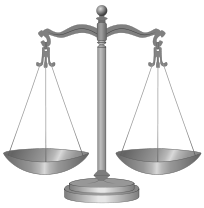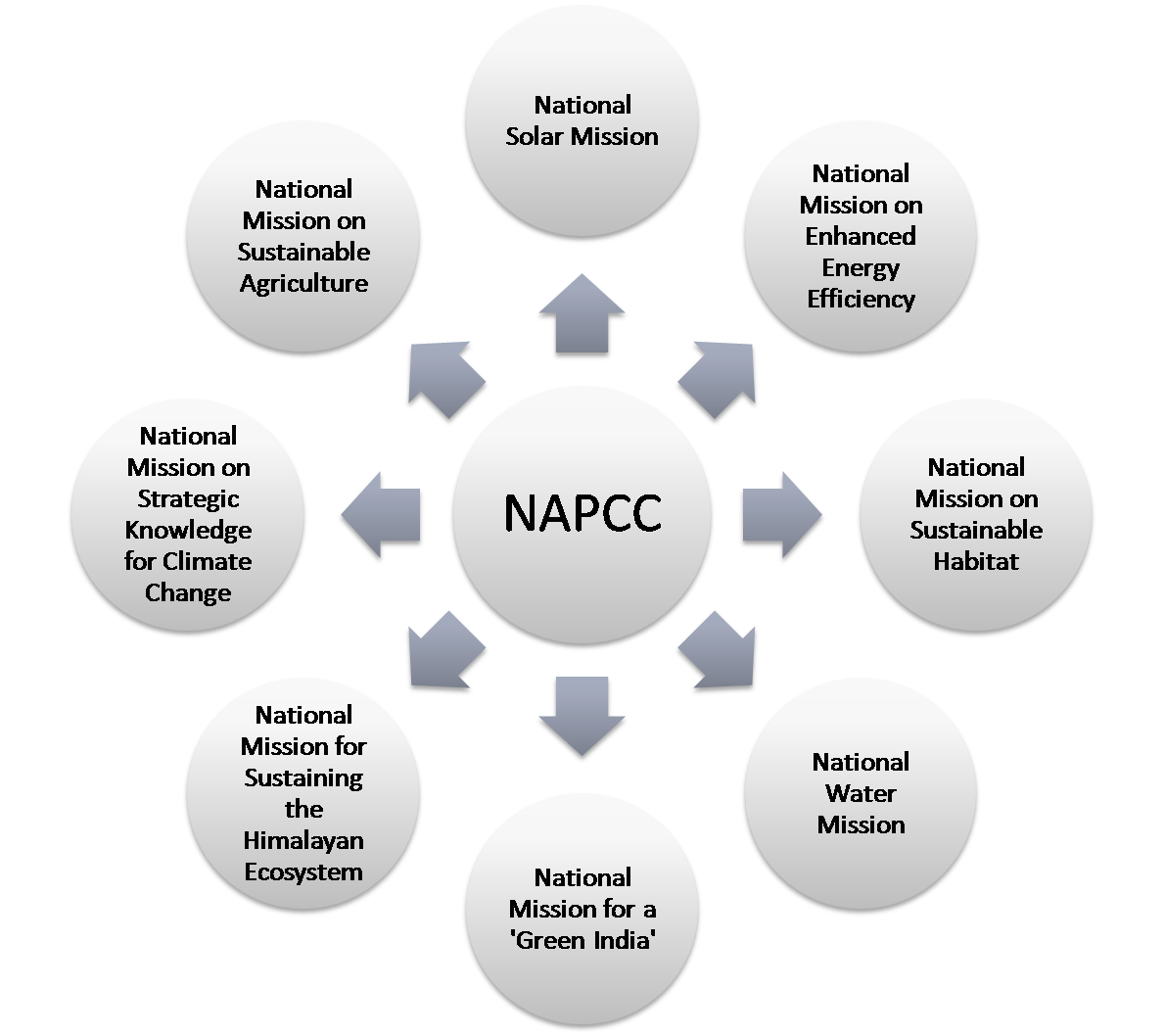Forest Rights Act of India, Part 2
(This is a continuing series of articles on the Forest Rights Act. This is the second part of the series.)
 Perhaps no other legislation has seen such diverse views since its inception. While the conservationists feel that the Forest Rights Act would destroy India’s forests, the proponents want it to be given more teeth. The text of the act has some inherent inadequacies and this has lead to a faulty interpretation of some of the rules leading to the need for frequent guidelines and rules being formulated. The Forest Rights Act has largely been perceived to grant individual rights and community rights have been reduced to the back seat.
Perhaps no other legislation has seen such diverse views since its inception. While the conservationists feel that the Forest Rights Act would destroy India’s forests, the proponents want it to be given more teeth. The text of the act has some inherent inadequacies and this has lead to a faulty interpretation of some of the rules leading to the need for frequent guidelines and rules being formulated. The Forest Rights Act has largely been perceived to grant individual rights and community rights have been reduced to the back seat.
Since the Forest Rights Act involves close collaboration between forest department and the local forest dwellers, there is a need for the Forest Service to display sympathy and sensitivity to the local communities claims. This can be brought about by appropriate training at the level of inception of young officers who need to be made aware of the act and its principles.
The future of forest governance lies in giving managerial rights to the communities with the government and the forest department playing the role of a regulator. This should be the long term role of the Forest Rights Act. However, the hesitancy on the part of the government bodies to part with the powers long been granted to them is a major setback to the principles enshrined in the act. This has lead to tussles between ministries and has also lead to different interpretations of the measures listed in the act.[1]
The Forest Rights Act has been misrepresented in the sense that it has been perceived as an act that does nothing except grant pattas of forest land but this is a very narrow view of the act. One of the most common misperception of the Act is that the Act is meant for one-off settlement of cases of the so-called encroachments in forest lands. As a result, arbitrary deadlines are set by the officials for settlements which is against the provisions of the act.
A holistic view of the act makes it clear that the act is much more than just individual rights of tenure. The Act provides for the recognition of 13 types of forest rights (individual as well as community rights) and also prescribes duties and empowers the forest right holders, Gram Sabhas, and local level institutions with regard to protection of wildlife, forests, bio-diversity, habitat and cultural and natural heritage. The Act needs to be presented in this view so that the twin aspects of rights and duties can be viewed holistically which is the principle behind the act.
Another problem is the issue of the Forest Rights Act being seen as a white wash legislation that will like a magic wand set right the historic injustices of the indigenous people inhabiting the forest lands. The act is just another step in achieving equality for the marginalized sections of Indian society- that is the forest dwellers. It is a major step no doubt but it alone cannot set all records straight. There is a need therefore for inclusive development which takes into account other problems of the forest dwellers. The ultimate aim should be community based management of forests and not merely bureaucratic control of our forestry. They need to be provided with better health and sanitation, vocational facilities, their right to harvest minor forest produce which can guarantee them security of livelihood. All this will go a long way in ensuring that they can lead a happy and fulfilling life. Such programmes need to be run inclusive with the provisions of the Forest Rights Act in order to make a meaningful and positive impact in uplifting the conditions of the traditional forest dwellers.
[1] There is therefore an urgent need to think about the trajectory of forest governance as a whole and the location of community-managed systems within this and their relationship with the FDs and other agencies. Government of India, Report National Committee on Forest Rights Act (2010)Pgs21 [Online: web] Accessed3 Oct.2012 – Source link is here
Image Credit: Wikipedia


